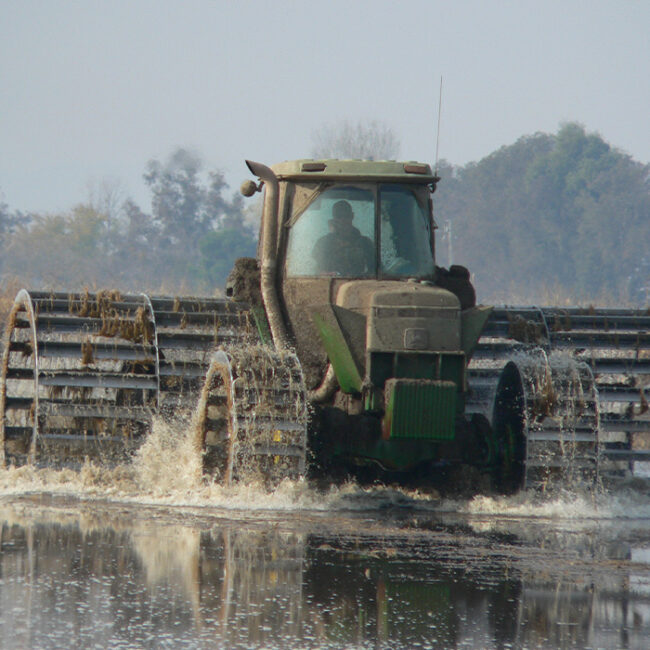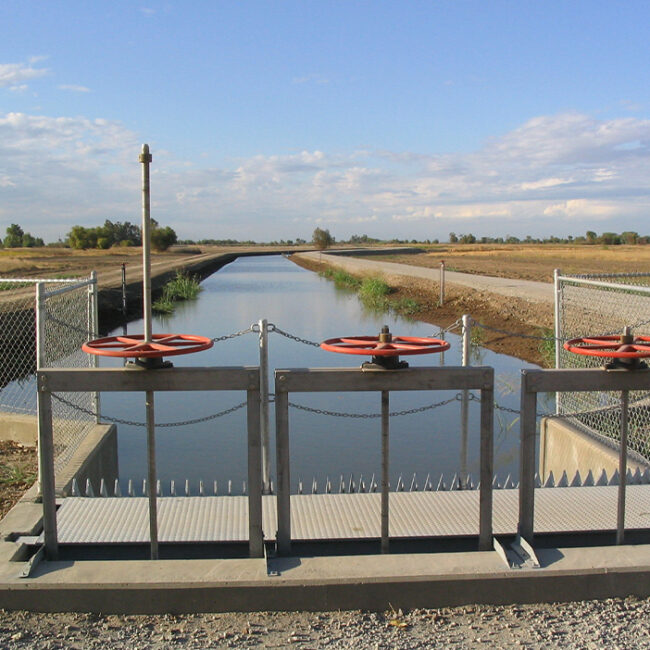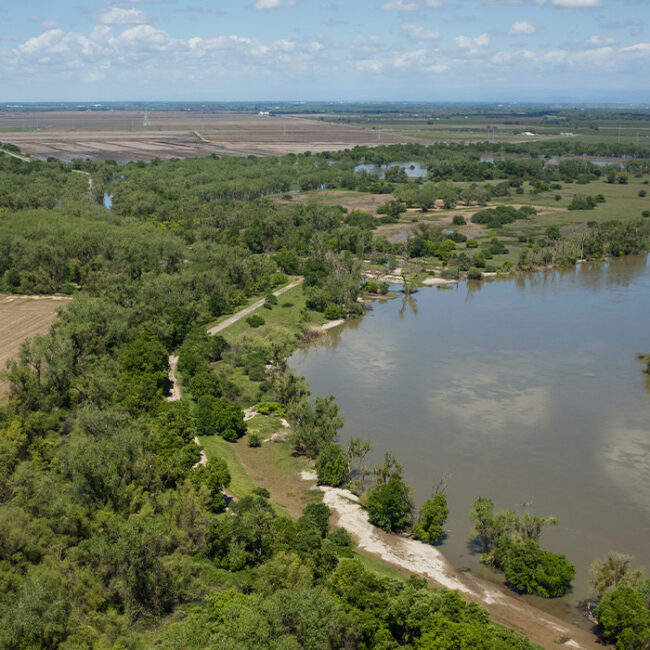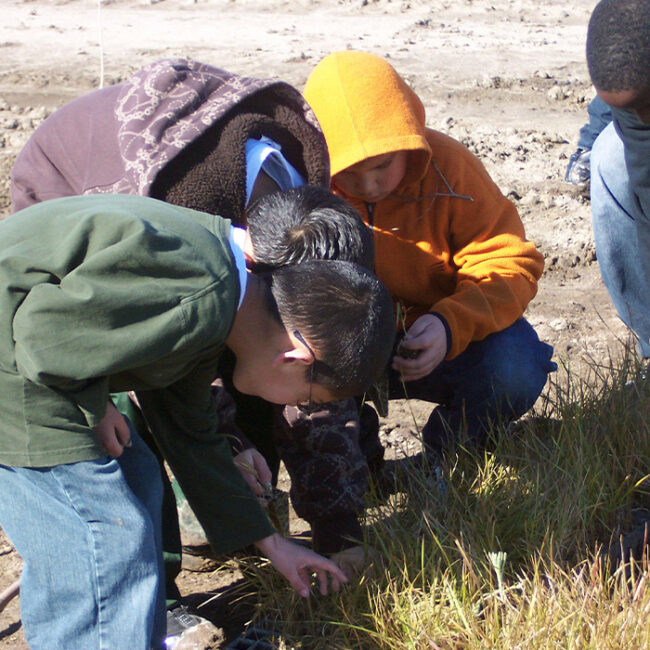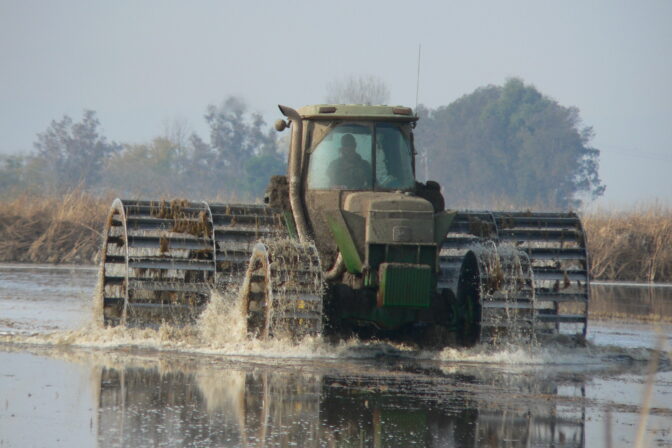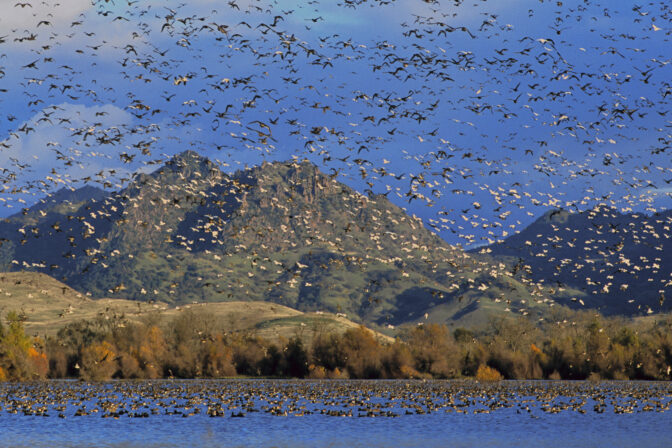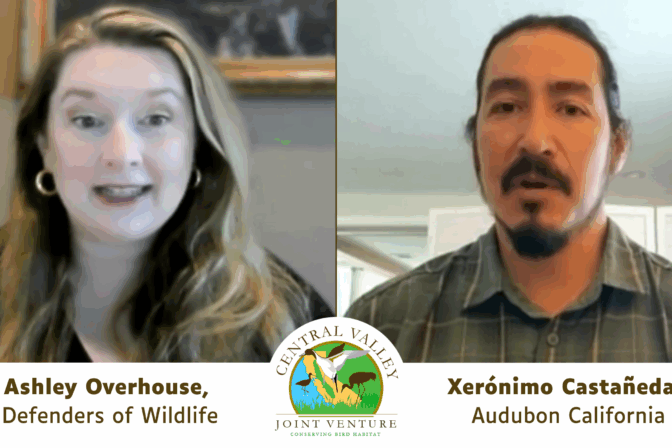Our Mission
Partnering to conserve Central Valley birds and their habitats for current and future generations.
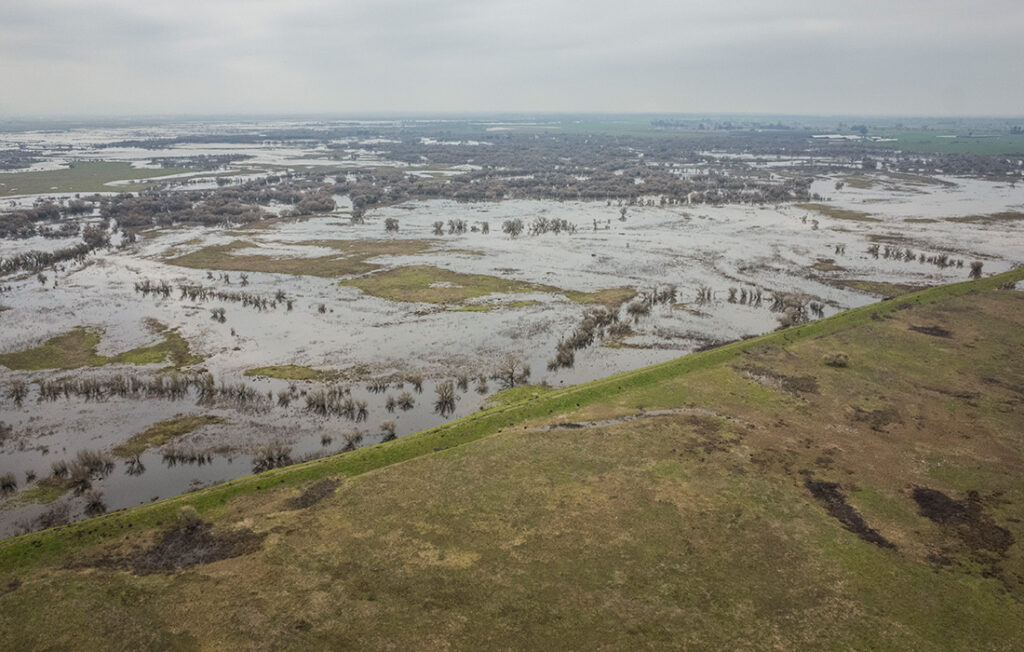
Daniel Nylen
Our Vision
Working through diverse partnerships, guided by its science-based Implementation Plan, the CVJV aims to protect, restore, and enhance necessary habitats for resident and migratory birds dependent on the central valley for all or part of their life-cycle, creating landscape conditions essential to support abundant and resilient populations of all bird species that also benefits other wildlife, local communities, environmental justice and the regional economy.
Strategies to Achieve Our Conservation Objectives
Other Important Considerations
- Water supplies: Adequate water supplies are critical for wetland-dependent bird habitat, which includes both managed wetlands (such as refuges) and flooded agricultural lands.
- Policy: Public policy decisions play a significant role in bird conservation efforts.
- Multiple benefits: Bird conservation actions that also provide direct benefits to human communities, such as groundwater recharge, improved water quality and enhanced access to recreation, build increased support for the CVJV’s efforts.
- Climate considerations: Major shifts in climate patterns in the Central Valley, occurring now and projected to occur over the next century, will have profound effects on bird populations.
- Role of human communities: It is critical to explicitly integrate human interests and motivations into conservation policies and programs.
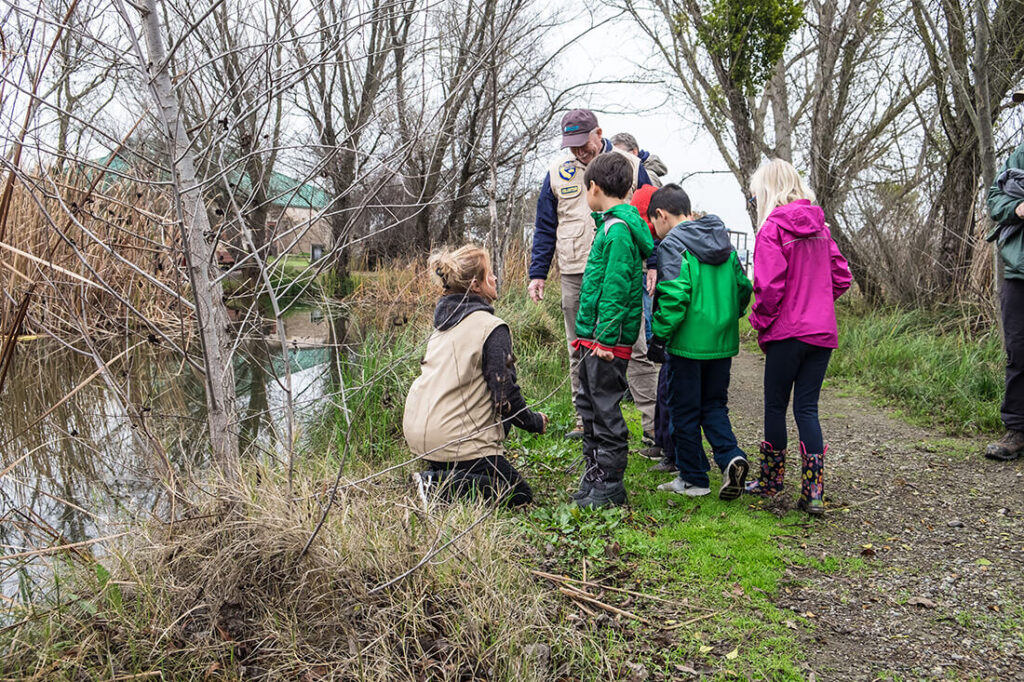
David Kalb
Connections between people and nature
CVJV supports efforts that safeguard the natural environment and connect people with the outdoors.
We engage our partners in the strategic communications process and share messages and resources to foster improved collaboration on the human dimensions work of bird conservation within and beyond our geographic areas.
Land Use Principles
Working both collectively and independently, joint venture partners conduct activities in support of bird conservation goals cooperatively developed by the partnership.
The CVJV will accomplish its habitat goals by means of land protection, restoration, and enhancement.
Terms are defined as follows:
Protection
The removal of a threat to land via fee title acquisition, perpetual conservation easement or perpetual agricultural easement from willing sellers. This action does not result in a gain in habitat acreage. Unprotected is defined as any privately owned land not covered by perpetual easement.
Restoration
The physical manipulation of a former wetland or upland site with the goal of mimicking natural/historic functions. Only restoration under long-term protection will be counted as acreage gained.
Enhancement
The physical manipulation of a wetland or upland site to repair or improve natural/historic functions or to manipulate seral stages of vegetation for the benefit of wildlife. Any manipulations for wildlife habitat improvements on lands protected less than perpetually will be counted as enhancement. This action does not result in a habitat acreage gain.
- The CVJV strongly encourages the assurance of adequate long-term water supplies with all wetland protection, restoration, and enhancement projects.
- The CVJV encourages land conservation through fee title acquisition or perpetual conservation easements. The CVJV will also support non-perpetual conservation programs. However, they will not count towards the JV’s protection objectives.
- Habitat objective accomplishments do not transfer from one basin to another.
- The CVJV encourages non-regulatory actions prior to mitigation whenever possible.

